Prostatitis is an unpleasant urological disease, the likelihood of which in men increases in direct proportion to their age.
.jpg)
According to medical statistics, almost half of the male population after 50 years has some form of prostatitis.
The sooner the correct prostatitis treatment is diagnosed and prescribed, the more complete and faster the recovery will be.
Definition and causes of prostatitis
Prostatitis is an inflammatory disease of the male prostate, which is a small and very specific glandular organ located next to the urethra and bladder.The main function of the prostate is to control male urination and produce a secret that is part of semen. The issue of prostatitis and treatment has been addressed for centuries.
Depending on the cause of the disease, acute prostatitis, chronic non-bacterial prostatitis and chronic infectious prostatitis are distinguished. In accordance with the various forms of the disease, various treatment methods for various types of prostatitis will be prescribed.
Acute prostatitis usually occurs in young men and is most often infectious. From the urethra, the infection enters the prostate gland of a man through blood vessels or through the lymphatic system, where an acute inflammatory process develops. If at this time you do not consult a doctor and do not treat the disease, then in a short period of time it will become chronic, where there is a violation of the structure, function of tissues and cells of the prostate, which can lead to irreversible consequences.
The inflammatory process of the prostate can cause and maintain for a long time and non-infectious factors. The main place among them is occupied by chronic spasm of the urethra, which leads to the involuntary reflux of urine into the prostate, causing inflammation of the latter.
There are many reasons for this disease, some of which should be mentioned:
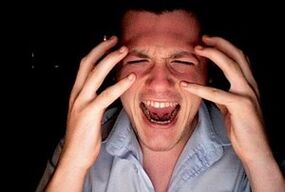
- all types of sexually transmitted infections: ureaplasma, herpes, E. coli, chlamydia, cytomegalovirus, Trichomonas, etc. ;
- poor quality sex life: insufficient, artificial prolongation of sexual intercourse, etc. ;
- congestion in the pelvic organs and in a man's prostate;
- overweight, inactive lifestyle;
- stressful situations, various loads;
- immune system failure;
- general hypothermia of the body;
- hormonal imbalance;
- lack of trace elements and important vitamins in a man's body;
- drinking and smoking, etc.
Quick and effective treatment for prostatitis can only be provided by an experienced urologist. Strictly speaking, chronic and acute prostatitis can appear at any age. In older men, chronic inflammation of the prostate gland is the most common.
Symptoms in the treatment of prostatitis in men, diagnostic methods
Symptoms of acute and chronic inflammation of the prostate gland in men show themselves quite differently. The acute stage of the disease is characterized by local and general symptoms:

- General lethargy.
- tiredness
- High body temperature - up to 40 degrees.
- Chills, fever.
- Weakness.
- Headache.
- Frequent urge to urinate, pain during the process itself.
- Weak flow of urine or its complete absence, tk. the prostate can compress the urethra.
- Acute pain in the perineum of varying intensity, in the inguinal region, in the lower abdomen - depending on the location of the focus of inflammation in the prostate in relation to the rectum, bladder neck, urethra.
- Erection mechanisms are temporarily disrupted, a general decrease in potency.
- There is a complex mental state for a man.
Only after the symptoms of acute prostatitis are accurately established, the urologist will be able to prescribe the correct treatment for prostatitis.
Chronic prostatitis is not as severe a symptom as its acute form. Often, it is characterized by the absence of obvious symptoms or has a mild course, mostly of a local nature. This may include:
- Drawing, slight pain in perineum and adjacent area.
- Pain can be worse with sexual intercourse, urination and defecation.
- A frequent urge to go to the toilet, a constant feeling of incomplete emptying of the bladder.
- Certain discomfort during intercourse.
- Decreased sexual function and, as a result, impotence.
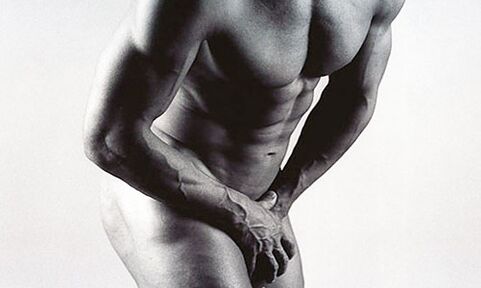
In the event of unfavorable factors, the exacerbation of the disease can occur with all the subsequent consequences. With the widespread spread of the inflammatory process, other organs adjacent to the prostate are also involved in it: epididymis, seminal vesicles, urethra, etc. , the clinical picture of the disease becomes diverse.
To choose the right course and method of treatment for prostatitis of various etiologies, it is necessary to carry out a detailed diagnosis of the disease and make the correct diagnosis. Currently, in the doctor's arsenal are various methods to detect this disease. These mainly include:
- digital examination of the prostate;
- prostate secretion analysis;
- bacteriological analysis of urine;
- general blood analysis;
- Ultrasound of pelvic organs and prostate;
- magnetic nuclear tomography;
- urography;
- computed tomography, etc.
Modern diagnostics allow not only to determine the presence of disease in the male body, but also to determine the cause of its occurrence and form.
General postulates of prostatitis treatment
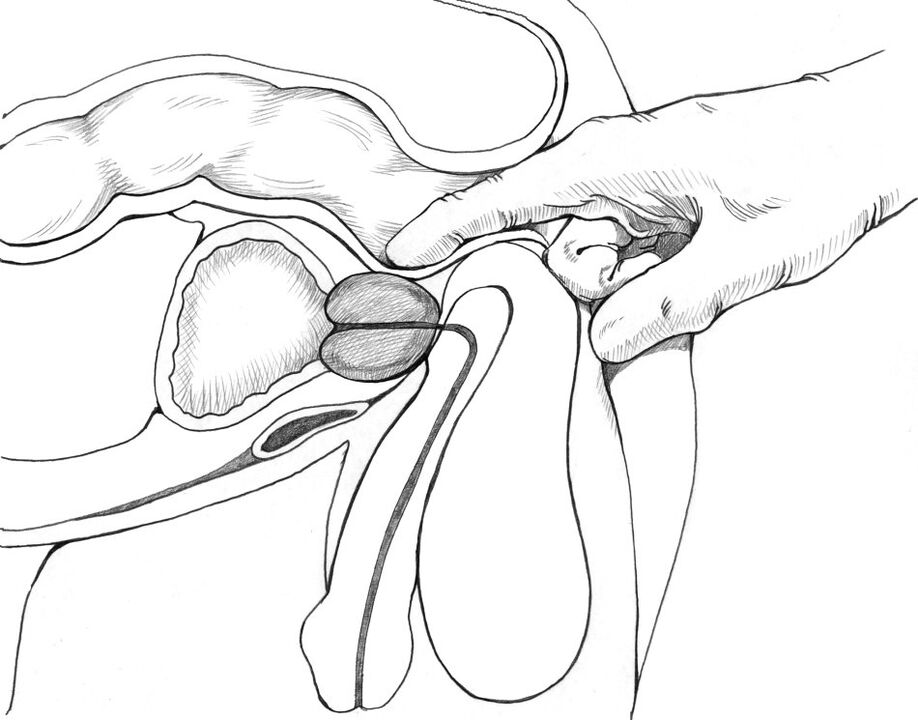
After establishing an accurate diagnosis, the urologist draws up an individual comprehensive program for the treatment of the disease for each patient, using modern methods to treat prostatitis. It should be noted that chronic chronic prostatitis cannot be completely cured, but every effort can be made to prolong the state of remission of the disease for many years. Treatment of prostatitis in acute form, if all the doctor's recommendations are followed, leads to a complete recovery of the patient.
Comprehensive treatment for various types of prostatitis may include a combination of the following methods:
- immunocorrective therapy;
- antibiotic therapy;
- hormone therapy;
- various physiotherapy;
- prostate massage;
- lifestyle change;
- surgery, etc.
Treatment for bacterial prostatitis will be different from non-bacterial prostatitis. In the first case, it is necessary to take a course on the use of antibiotics from the fluoroquinolone group, and in the second, a course on anti-inflammatory drugs. Treatment for chronic bacterial prostatitis will consist of the use of antibiotic therapy along with beta blockers. Along with the treatment of the underlying disease, the use of symptomatic drugs, for example, antipyretics and painkillers, is often necessary. Severe forms of prostatitis are treated using hormone therapy, but under the constant supervision of a doctor, on a stationary basis.
Only an integrated approach to treatment can lead to lasting good results. Now, each of these areas of prostatitis treatment should be discussed more carefully and specifically.
Antibacterial and hormonal therapy for prostatitis
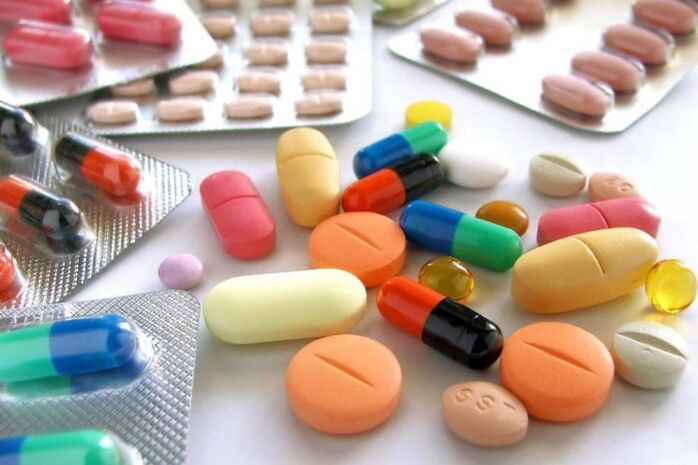
As mentioned above, often prostatitis has an infectious nature. In this regard, the course of antibiotic therapy in the treatment of prostatitis is indicated for each patient, with the course of acute and chronic disease. Taking antibiotics can eliminate the main cause of inflammation. The following groups of drugs have been shown to be effective in the treatment:
- tetracycline;
- macrolides;
- fluoroquinolones.
Alpha blockers are actively used in the treatment of prostatitis, aiming to relieve the spasm of the pelvic organ, which causes the swelling of the prostate to be removed and the backflow of secretions into this organ to stop. As a result, there is a decrease in inflammation in the organ itself. It is important to take the medicine for a long time - up to 8 months.
At the same time, to improve the patient's well-being, it is necessary to take antispasmodics and painkillers. It is indicated as an aid for the treatment of prostatitis with folk remedies: various sedative herbal preparations, dill seeds, motherwort, valerian, etc. Microclysters from a decoction of lemon balm or chamomile are ideal for this purpose.
It is important to undergo antibiotic therapy under the guidance of a specialist, self-medication in this case is unacceptable. It can make things worse. Treatment of prostatitis with antibiotics requires the complete exclusion of alcohol.
It is known that the development and function of the prostate directly depends on the hormones: estrogen and androgen. Therefore, the treatment of prostatitis may include the use of hormonal drugs, which will reduce the volume of the prostate gland and reduce the inflammatory process in it.
Phytotherapy and prostate massage
An important and important part of the treatment for prostatitis is the use of direct prostate massage. The therapeutic effect of this sequence is as follows:
- normalizes prostate muscle tone;
- increase blood supply to the prostate gland;
- increase the action of antibiotics;
- restore channel function, etc.

This procedure should be trusted only by a professional doctor in a specialized clinic.
The essence of the procedure in the treatment of prostatitis is as follows: the patient, legs spread shoulder-width apart, leans forward and tries to relax. The specialist, spreading the patient's back with one hand, gently inserts the index finger of the other hand into the rectum and massages the prostate gland for one minute, applying pressure and stroking. An effective massage should consist of releasing a few drops of the secretion into the canal. The prostate massage procedure is painful, but for the treatment of prostatitis it cannot be replaced. However, prostate massage has several contraindications:
- prostate cancer;
- cyst;
- prostate stones and some others.
Phytotherapy in the treatment of prostatitis in men is an additional method that has a good effect on the final result. The essence of herbal medicine in the treatment of prostatitis is the external and internal use of infusions, juices, decoctions of medicinal plants, for example: calamus, wort St. John's wort, burdock, etc. This method has no negative side effects and negative effects. on other organs.
Immunocorrection, physiotherapy and other treatment methods for prostatitis
Rehabilitation and immunocorrection therapy aims to restore the body as a whole, strengthen the immune system and prevent the manifestation of prostatitis in the future. Doctors prescribe the intake of multivitamins, minerals and other necessary substances that improve immunity, especially in chronic diseases.
Physiotherapy methods for the treatment of prostatitis should include actions aimed at activating blood circulation in the pelvic organs to increase the effect of antibiotic therapy. This includes:
- magnetophoresis;
- electrophoresis;
- laser therapy;
- impulse current, etc.
At home, you can replace physiotherapy with warm microclysters from decoctions of medicinal herbs.
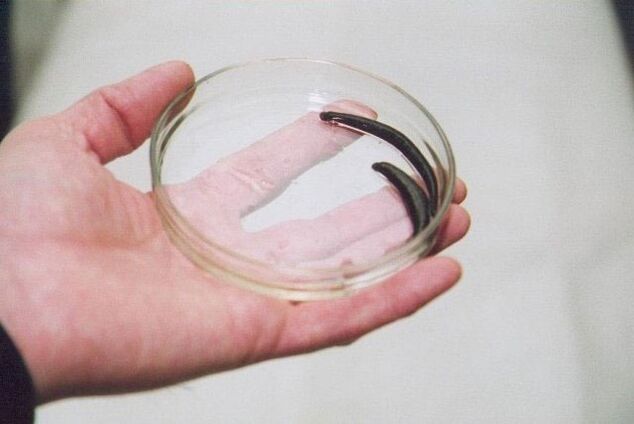
Currently, many alternative methods are used for prostatitis and treatment, which significantly expands the possibilities of modern medicine and reduces recovery time. For example, hirudotherapy removes blood stagnation in the pelvic organs, improves blood circulation and tissue nutrition. A course of neuromodulator therapy will effectively stop the patient's pain syndrome.
In the treatment of prostatitis, a healthy lifestyle course must be taken without fail. So that the disease does not return after the treatment of the acute form of prostatitis or the remission stage does not end with chronic prostatitis, it is necessary to make significant adjustments to your life, to eliminate all the factors that trigger this unpleasant disease. Due attention should be paid to frequent walks, good sleep, lack of stressful situations, proper nutrition, exclusion of smoking and alcohol, etc.
One of the treatment methods is surgery, which includes:
- radical prostatectomy;
- on seminal vesicles;
- circumcision;
- urethral tension;
- on the bladder neck, etc.
It should be noted right away that this radical method is used very rarely and is ineffective. Surgery is prescribed when prostatitis is treated in a chronic form, with developing complications. Such treatment for prostatitis is used in cases when conservative therapy does not bring significant results.
After treatment for prostatitis, the doctor should prescribe a control test, based on which appropriate conclusions can be drawn.
Treatment with folk methods and prevention of prostatitis
If symptoms of this disease appear, you should see a doctor and follow all his recommendations. Treatment for various types of prostatitis with folk methods can only serve as an excellent addition to basic medical measures. Over the years, enough experience has been accumulated in getting rid of this disease, everyone can always choose an acceptable option for themselves. The main condition for the effective treatment of the disease, especially its chronic form, is the regular use of high-quality ingredients according to the prescribed recipe.
You can consider some effective recipes designed to combat prostatitis:
- Propolis (200 g of any sunflower oil and 30 g of propolis are heated in a water bath, then the perineum is lubricated with it for 2 weeks).
- Honey (as part of the juice of various medicinal plants, it is taken orally 2 times a day, 2 tablespoons. ).
- Pumpkin seeds (pumpkin seed powder taken 2 tablespoons before meals 2 times a day).
Prevention after complex treatment for prostatitis can be considered not only proper nutrition, active lifestyle, but also regular protected sex.
Therefore, treatment for prostatitis in various forms is always a complex sequence of steps. Only with the clear implementation of all expert instructions, you can get the desired result and get rid of this unpleasant disease.















